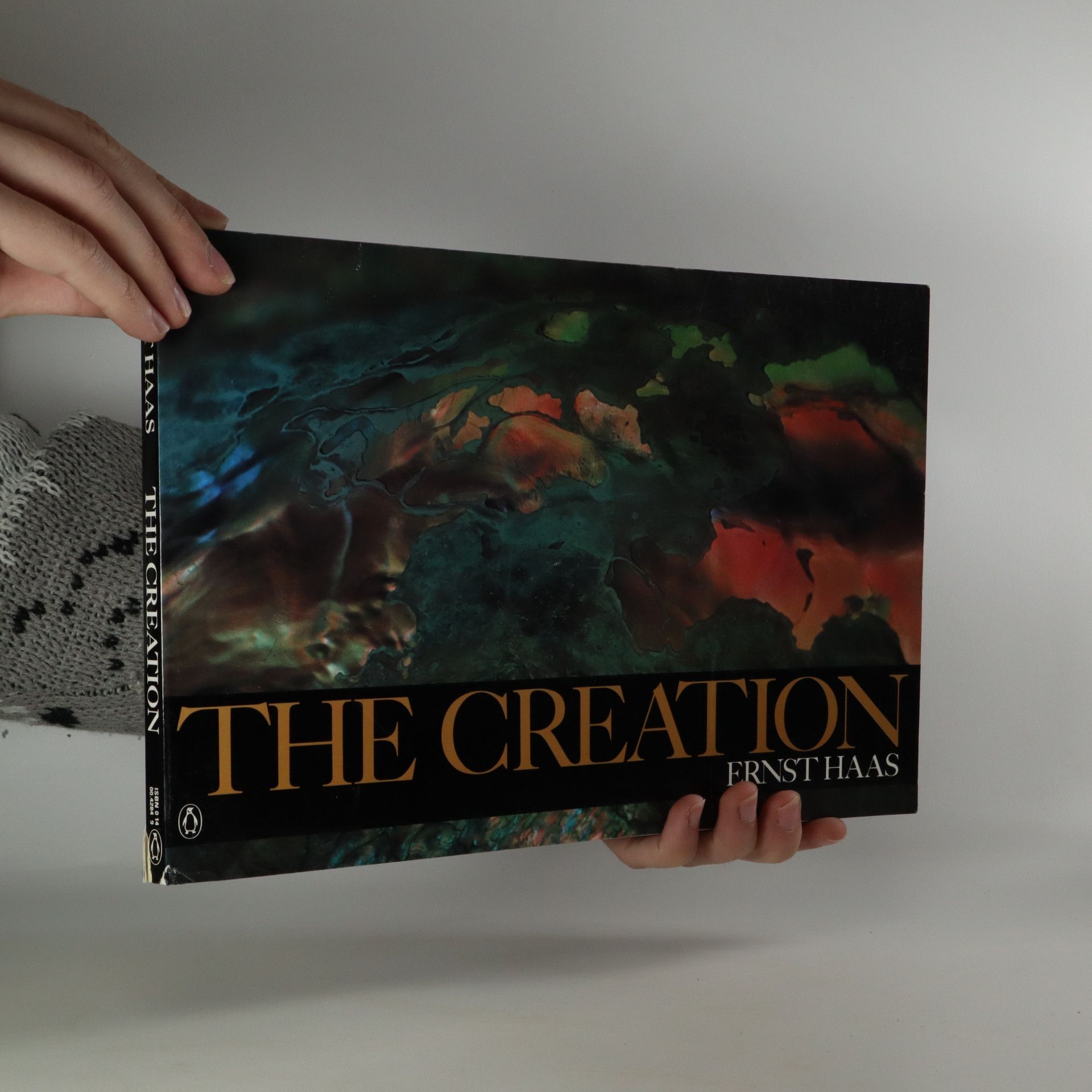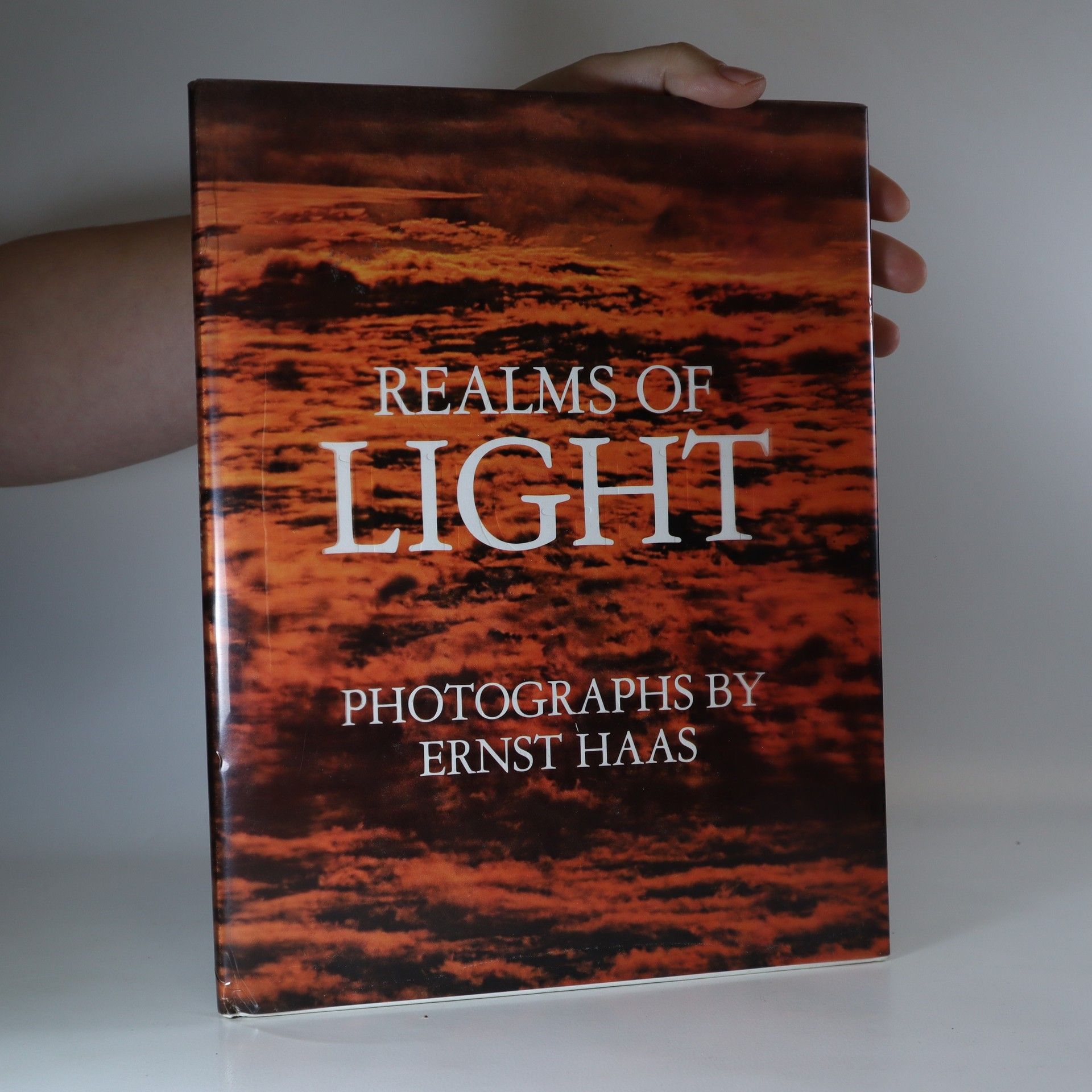Ernst Haas Livres






Ernst Haas' photographs, chosen for their evocation of color and light, opposite poetry from the ancient to the Coleridge, Thoreau, Dickinson, Plato, Milton, Sandburg, Dante, etc. 108 pages; 40 full-page color photographic plates, 4 plates printed on transparent acetate; 9.5 x 12 inches.
Focusing on the International Labor Organization, this influential work presents a comprehensive analysis of neo-functionalism, a theory of transnational integration. It systematically explores the dynamics of global institutions and has become a classic reference in comparative politics and international relations, particularly in the context of European integration. Originally published in 1964, the book has gained renewed relevance post-Cold War, addressing contemporary issues in global governance and international relations, complemented by a new introduction from notable scholars.
Focusing on the European Coal and Steel Community as a pivotal case study, this classic work explores the dynamics of community formation beyond national borders. Ernst Haas examines how the ECSC influenced political loyalties and expectations, positioning it as a foundational example for understanding the pre-history of the European Union. Originally published in 1958, this seminal volume is essential for those interested in the evolution of European integration and the mechanisms that foster collaboration among nations.
Color photographs depict the beauty of the elements, the seasons, plants, and animals
Catalogue Of Sanskrit And Pali Books In The British Museum
- 198pages
- 7 heures de lecture
The book is a facsimile reprint, which means it reproduces the original work as closely as possible. Readers should be aware that it may contain imperfections, including marks, notations, marginalia, and flawed pages, reflecting its historical context and authenticity.
Ernst Haas is one of the most renowned photographers of the twentieth century, celebrated for his vibrant color photography that captivated the illustrated press for decades. His work, featured in influential magazines across Europe and America, led to a plethora of popular books. Despite this acclaim, recent critics have labeled his color photography as "overly commercial" and lacking seriousness, which has impacted his reputation compared to younger contemporaries like Eggleston, Shore, and Meyerowitz. However, a hidden facet of Haas's artistry reveals a more radical sensibility. Alongside his commissioned work, he created personal images that are edgy, complex, and ambiguous—far removed from the accessible style that garnered him fame. These unprinted and unexhibited works, believed to be misunderstood, showcase a depth rivaling that of his peers. Born in Vienna in 1921, Haas began photography post-war, gaining attention for his work on returning POWs. He declined a staff position at Life Magazine to maintain his independence and joined Magnum in 1949, forming connections with notable photographers. His experimentation with color positioned him as a leading figure in the 1950s, culminating in a solo exhibition at MoMA in 1962. Haas published numerous books, including the highly successful "The Creation." He received the Hasselblad award in 1986, the year he passed away.
Eine Welt in Trümmern
- 143pages
- 6 heures de lecture
The first book on master photographer Ernst Haas’s work dedicated to both his classic and newly discovered New York City color photographs of the 1950s and 60s. Ernst Haas’s color works reveal the photographer’s remarkable genius and remind us on every page why we love New York. When Ernst Haas moved from Vienna to New York City in 1951, he left behind a war-torn continent and a career producing black-and-white images. For Haas, the new medium of color photography was the only way to capture a city pulsing with energy and humanity. These images demonstrate Haas’s tremendous virtuosity and confidence with Kodachrome film and the technical challenges of color printing. Unparalleled in their depth and richness of color, brimming with lyricism and dramatic tension, these images reveal a photographer at the height of his career.
